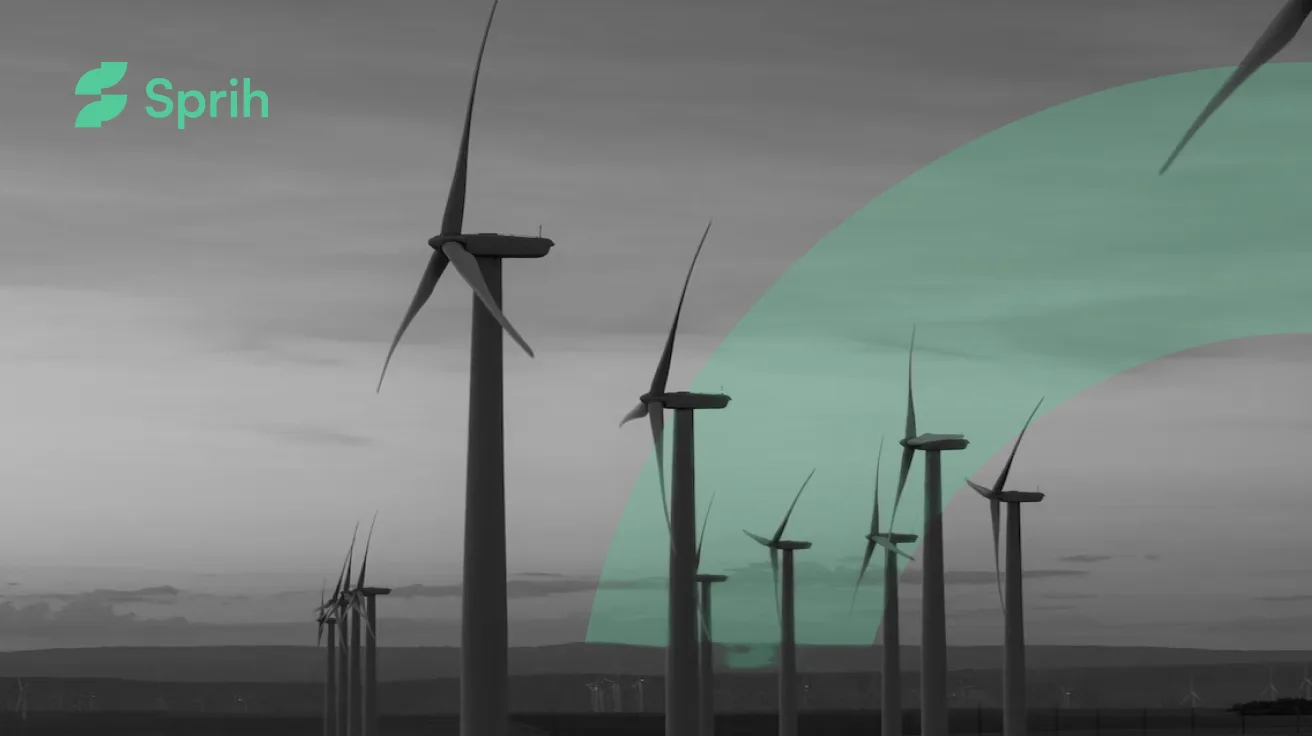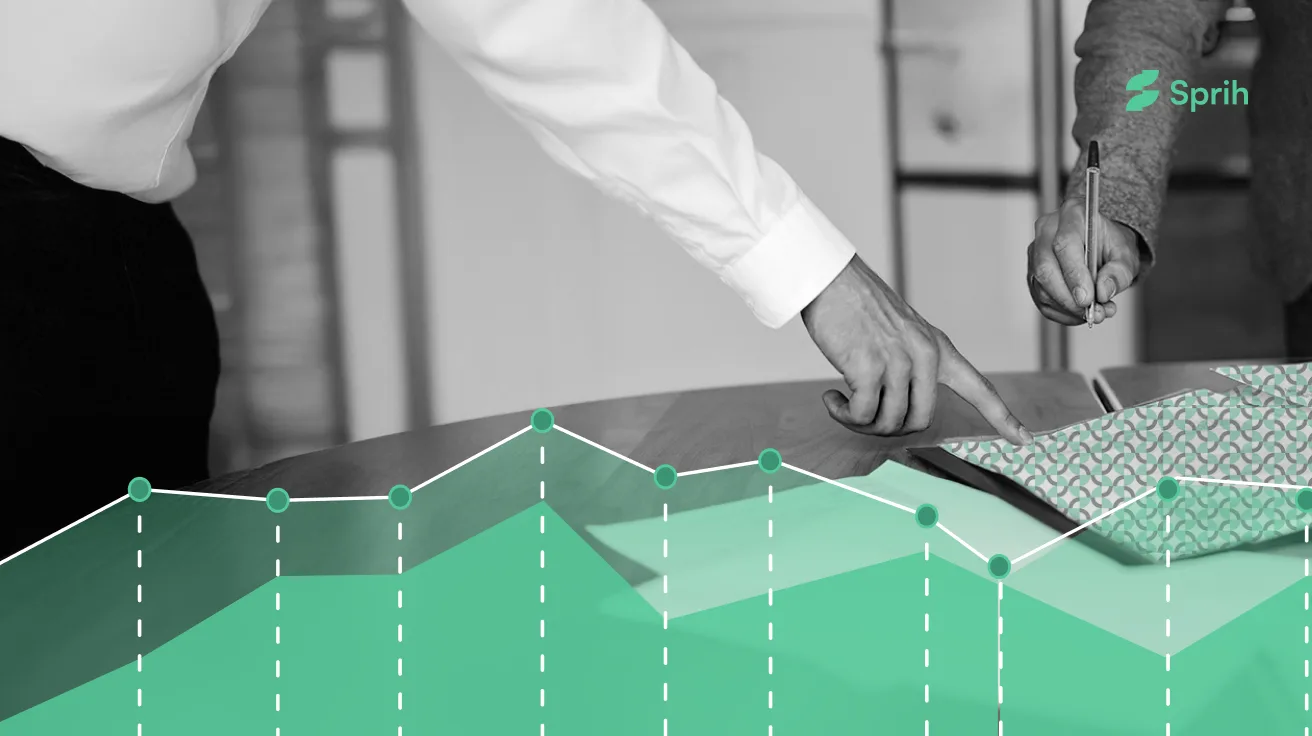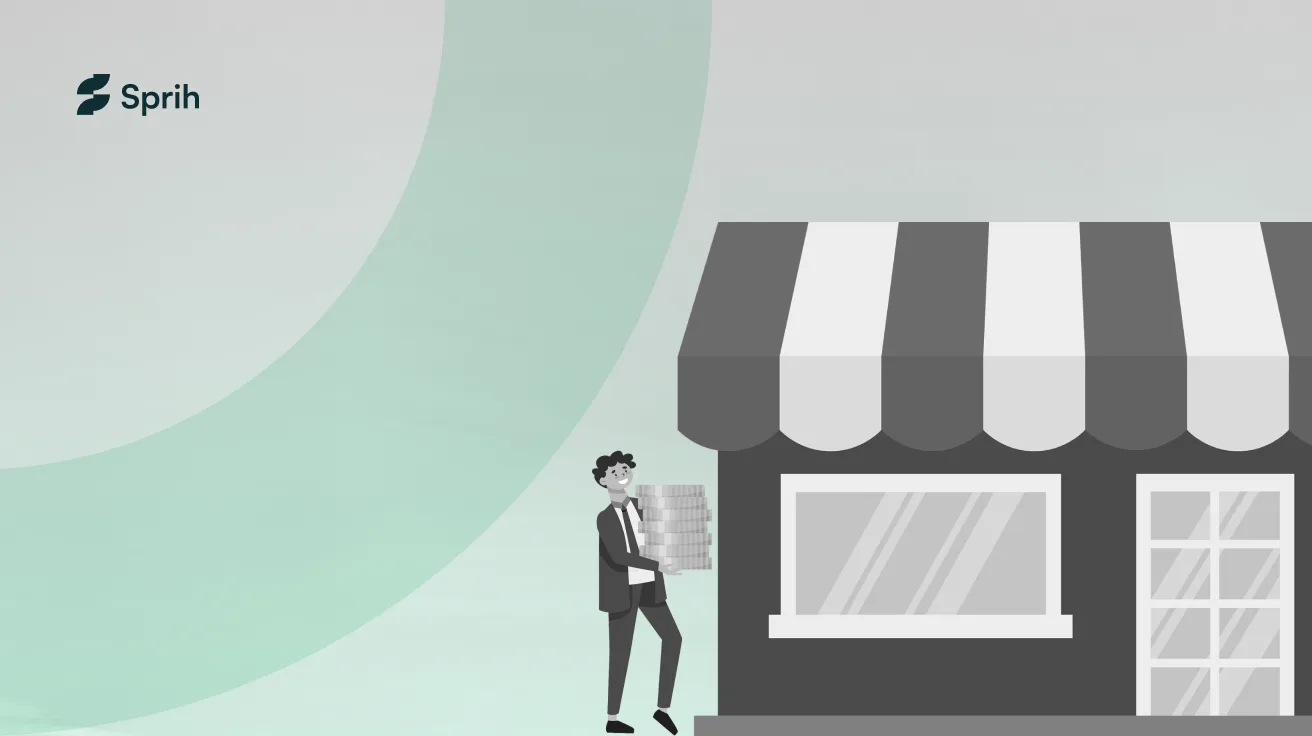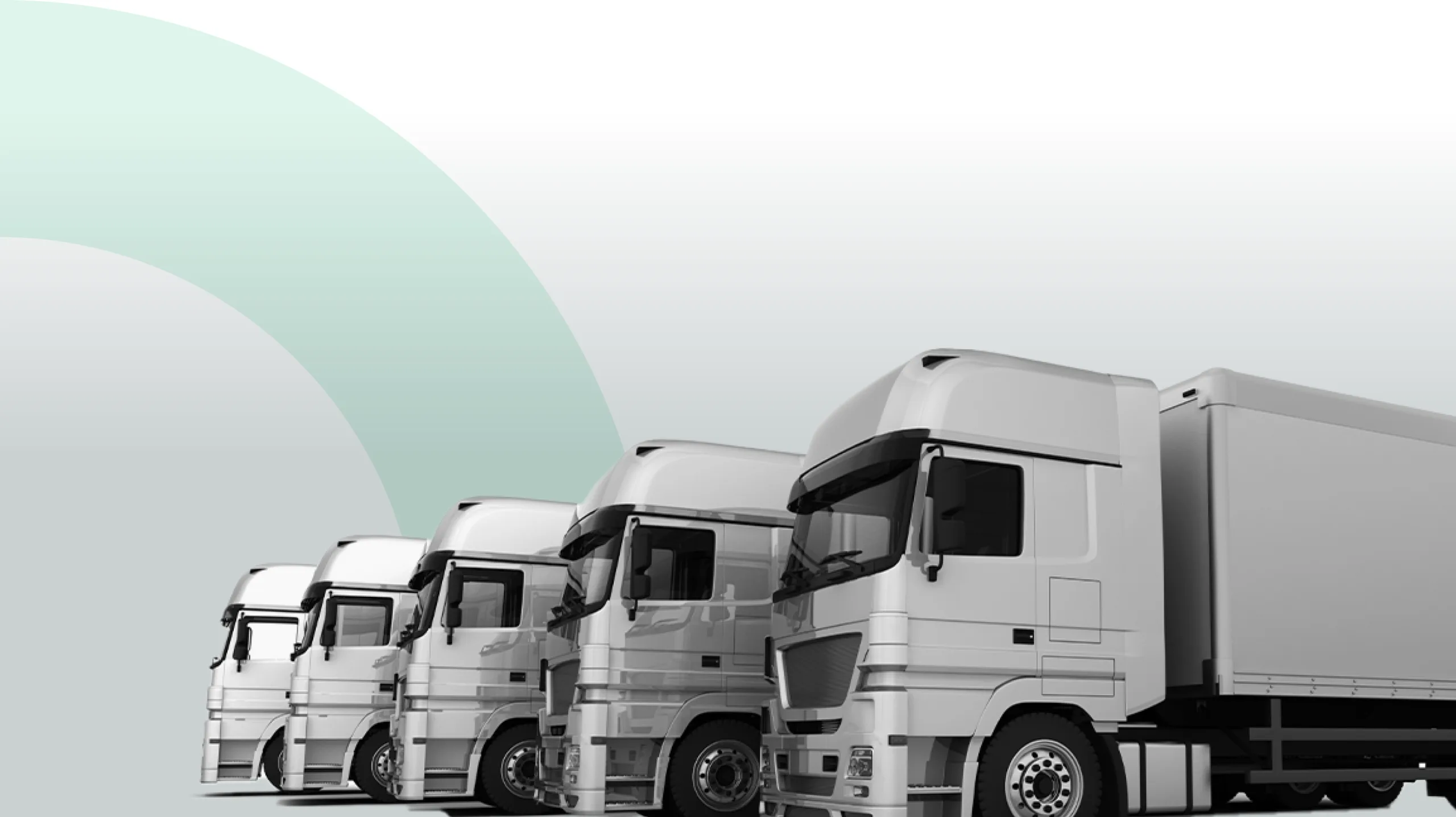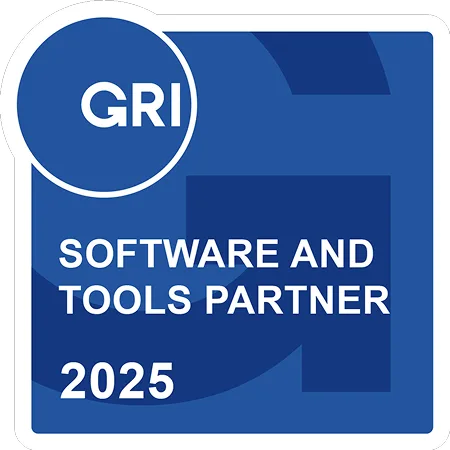For years, spreadsheet carbon tracking has been the go-to method for organizations looking to measure their environmental impact. But as sustainability reporting becomes both more complex and more vital, the limitations of manual tracking are becoming impossible to ignore. Enter automated carbon accounting—a game-changer for professionals aiming to streamline their processes, reduce errors, and make data-driven climate decisions.
This blog will walk you through the evolution from Excel-based systems to automated solutions, highlighting real-world benefits, challenges, and best practices for building a carbon accounting system that truly works.
Why Traditional Spreadsheet Carbon Tracking Falls Short
Spreadsheets like Excel or Google Sheets are familiar, flexible, and accessible. For small organizations or those beginning their sustainability journey, these tools suffice. But as carbon reporting demands grow, so do the cracks in this approach:
- Manual Data Entry: Copy-pasting utility bills or emissions data is tedious and error-prone. A mistyped number can derail your entire carbon footprint calculation.
- Lack of Audit Trail: Tracking changes is challenging, making audits and assurance difficult.
- Scalability Issues: As data volume and complexity increase (think: multiple facilities, supply chain data, or Scope 3 emissions), spreadsheets buckle under the pressure.
- Limited Collaboration: Version control becomes a nightmare as more stakeholders get involved.
What Is Automated Carbon Accounting?
Automated carbon accounting refers to the use of dedicated software platforms and integrations that collect, process, and report emissions data with minimal manual intervention.
These systems typically:
- Pull data directly from sources (like utility APIs, ERP systems, or IoT sensors)
- Apply up-to-date emissions factors automatically
- Offer real-time dashboards and analytics
- Generate audit-ready reports aligned with standards (e.g., GHG Protocol, CDP, SBTi)
Automation frees your sustainability team to focus on strategy and action, not endless data wrangling.
The Business Case for Moving to Automated Carbon Accounting
1. Greater Accuracy and Consistency
Automated platforms standardize data collection, reducing human error and ensuring consistent application of emissions factors. This is critical for reliable reporting—especially when regulatory scrutiny is increasing.
2. Time and Resource Savings
Teams spend less time collecting and cleaning data. For example, many of Sprih’s customers reduced their carbon reporting cycle from months to weeks after automating data flows.
3. Enhanced Insights and Decision-Making
With real-time analytics, organizations can identify hotspots, model reduction scenarios, and set more ambitious targets. Automated carbon accounting transforms data from a burden into a strategic asset.
4. Audit Readiness
Automated systems log every data point and calculation, making it easier to satisfy external auditors or respond to investor queries.
Steps to Transition from Excel to Automated Carbon Accounting
1. Map Your Current Carbon Data Landscape
- Inventory all data sources (utility bills, travel expenses, procurement systems)
- Assess current spreadsheet carbon tracking processes
- Identify pain points and data gaps
2. Define Your Goals and Reporting Requirements
- Which scopes (1, 2, 3) do you need to report?
- Are you aligning with global frameworks (GHG Protocol, CDP, TCFD)?
- What frequency and granularity are needed?
3. Select the Right Automation Platform
Look for solutions that:
- Integrate with your existing systems (ERP, HR, finance)
- Support your reporting standards and industry needs
- Offer flexibility for future scaling
Tip: Prioritize platforms with strong customer support and proven client case studies.
4. Plan Data Migration and Change Management
- Clean and standardize existing data before migration
- Train your team on new workflows and platform features
- Communicate benefits to foster buy-in across departments
5. Monitor, Optimize, and Iterate
- Use the platform’s analytics to spot anomalies or new opportunities
- Regularly review data flows and update integrations as needed
- Collect user feedback to drive continuous improvement
Overcoming Common Challenges in Automated Carbon Accounting
Transitioning from spreadsheets to automation isn’t always seamless. Here’s how to tackle frequent hurdles:
- Data Integration Issues: Partner with IT early to ensure smooth connections between systems.
- Change Resistance: Highlight time savings and risk reduction to secure executive sponsorship.
- Cost Concerns: Factor in the hidden costs of manual errors and lost opportunities with spreadsheets—automation often delivers rapid ROI.
The Future: Beyond Compliance to Strategic Sustainability
As regulations tighten and investors demand better Sustainability data, automated carbon accounting is no longer a luxury—it’s a necessity. Companies that automate now will not only keep pace with compliance but gain a competitive edge through smarter, faster climate action.
Moving from spreadsheet carbon tracking to automated carbon accounting transforms how organizations measure, manage, and reduce their environmental impact. The shift enables accuracy, agility, and insight—empowering sustainability leaders to focus on what matters: driving real change.
Ready to Upgrade? See How Sprih Helps with Automated Carbon Accounting.
Curious how automation can transform your sustainability reporting? See how Sprih’s automated carbon accounting platform streamlines the journey from spreadsheet to strategic action.
FAQs
What is automated carbon accounting?
Automated carbon accounting uses software platforms and system integrations to collect, process, and report emissions data with minimal manual work. These tools often connect directly to data sources like utility APIs, ERP systems, or travel platforms, and apply emissions factors automatically.
Why are spreadsheets no longer enough?
Spreadsheets are prone to manual errors, hard to audit, and difficult to scale—especially for organizations managing Scope 3 emissions or multiple facilities. They also lack real-time collaboration, version control, and standardized analytics capabilities.
What are the benefits of automation in carbon accounting?
Automation improves data accuracy, reduces time spent on manual input, enhances audit readiness, enables real-time analytics, and frees teams to focus on strategy instead of data wrangling. It also supports compliance with evolving reporting standards like GHG Protocol, CDP, and CSRD.
Which types of data can be automated?
Automated systems can ingest utility data, fuel consumption, business travel, procurement, logistics, and even supplier emissions. Integration with ERP, HR, and finance systems allows continuous updates and better data granularity.
How do I choose the right carbon accounting platform?
Look for platforms that integrate with your existing systems, support relevant reporting standards, handle Scope 1–3 emissions, and offer customizable dashboards. Strong customer support, audit features, and scalability are also key.
What’s the ROI of moving to automation?
Automated carbon accounting reduces staff hours, lowers the risk of errors, and accelerates reporting timelines. Companies like Unilever have reported major time savings. Automation also unlocks strategic insights that can drive cost savings and emissions reductions.
What are common challenges when transitioning?
Key challenges include integrating with legacy systems, standardizing messy historical data, change resistance from teams, and upfront costs. Success depends on cross-functional collaboration, clear communication, and phased implementation.
Is automated carbon accounting only for large enterprises?
No. While large firms benefit most from automation at scale, many platforms now offer modular, affordable solutions for mid-size and growing companies—especially those preparing for CSRD or Scope 3 disclosures.
Does automation replace human expertise?
No. Automation enhances human insight—it handles repetitive tasks and standardization, while sustainability teams focus on interpreting results, setting strategy, and leading internal change efforts.
How can Sprih help with carbon accounting automation?
Sprih’s platform connects directly to your business systems, applies verified emissions factors, and delivers audit-ready reports in line with global standards. It replaces spreadsheet chaos with a scalable, intelligent engine built for action and assurance.

